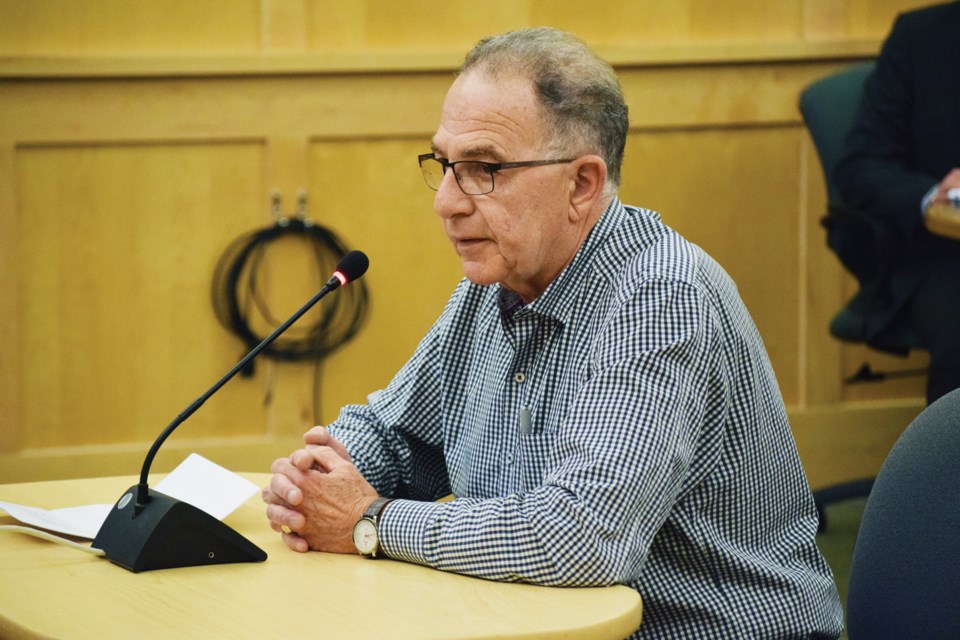It began as an ad hoc committee under the auspices of Community Futures last January. In July the group acquired official non-profit status. Last Thursday, the Coastal Workforce Housing Society appeared for the first time in front of local government to define their mission, challenges and scope.
“Today, we are not in a rental shortage, we are in a rental crisis,” said society president David Reed at the Nov. 14 Sunshine Coast Regional District (SCRD) planning and development committee meeting.
“It is our mandate to work with government agencies to develop multi-unit affordable accommodations that are located on transit routes and walkable to most amenities – but only for workforce.”
The group wants to create rental properties with at least 30 units in modular buildings, with social spaces that could be converted into daycare centres. Properties would be professionally managed and ideally situated in urban centres. The service area would extend from Egmont to Gibsons.
Affordable home ownership may be a future goal, said Reed, but for now they’re focused on getting “decent roofs over people’s heads.”
Tenants would have to prove they are full-time employees and “of qualifying net worth” and would have to re-qualify annually.
While the group remains in the planning stages, Reed said they have identified “very few properties that would fit the bill. And some of them have logistical challenges,” since they have to be close to stable infrastructure, amenities and transit.
Another challenge will be funding the project.
The society is working with a consultant to submit a request for proposal to BC Housing, which they would rely on for funding, outside of donations and other community funding sources. They will also be looking to the Sunshine Coast’s business community for support.
Also supporting the group is the Sunshine Coast Regional Economic Development Organization (SCREDO), which highlighted the society in its most recent annual plan, and which, according to new executive director Colin Stansfield, "has been actively involved in the exploratory phase of this project."
Following Reed’s presentation, Area A director Leonard Lee asked how seasonal workers would fit into the scheme, given their abundance on the Sunshine Coast, and suggested larger businesses may be willing to rent units above the going rate to reserve them for their employees.
Reed said they could consider that option and wouldn’t turn down seasonal workers if they qualified; “however, if we’re looking at longevity we do have to try and provide more for stable residents.”
Elphinstone Director Donna McMahon asked why the existing Affordable Housing Society and workforce housing society are separate, to which Reed replied they had considered joining forces and may partner in the future. “We are not antagonistic by any means, we’re very complementary,” he said.
Gibsons director Bill Beamish mentioned that a housing needs assessment for the Sunshine Coast is also likely to get underway soon, with results expected in June, which could also provide further direction, including on how to amend existing bylaws to allow local governments to support workforce housing initiatives.
Near the end of the discussion, chair Lori Pratt voiced her support for the society. “In my other life as realtor, I see it all the time that people want to come here for a job but they can’t secure housing, so it’s definitely a need and I’m looking forward to seeing how this moves forward and seeing how we can help,” she said.



